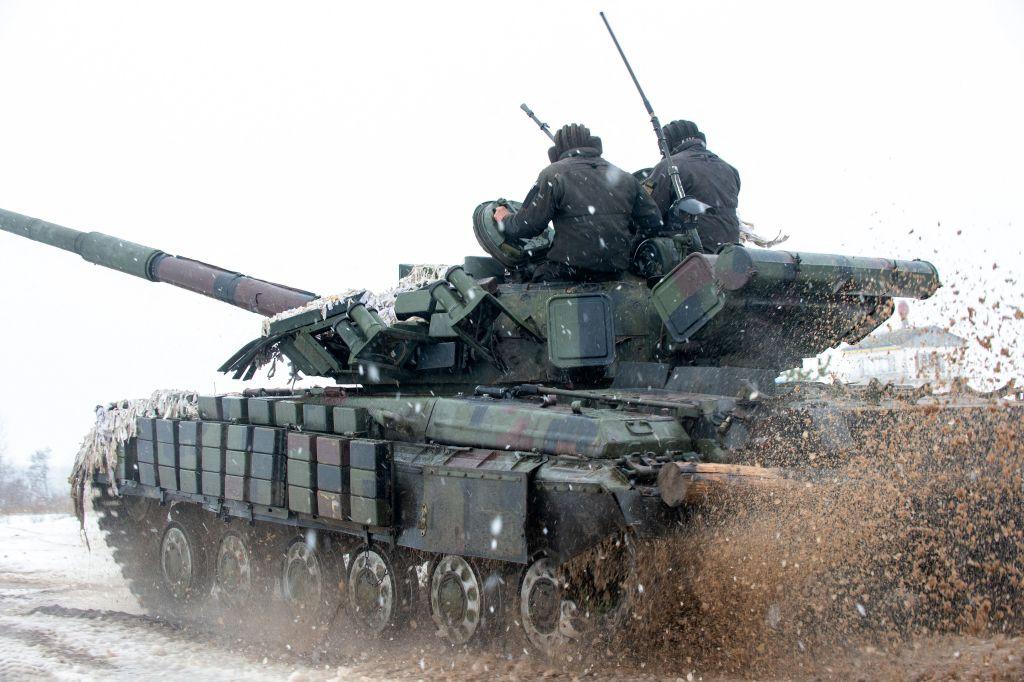Commentary
As expected, the European Union (EU), like Australia, the United Kingdom and the United States, has imposed draconian sanctions on the Russian Federation to punish it for invading Ukraine.

As expected, the European Union (EU), like Australia, the United Kingdom and the United States, has imposed draconian sanctions on the Russian Federation to punish it for invading Ukraine.